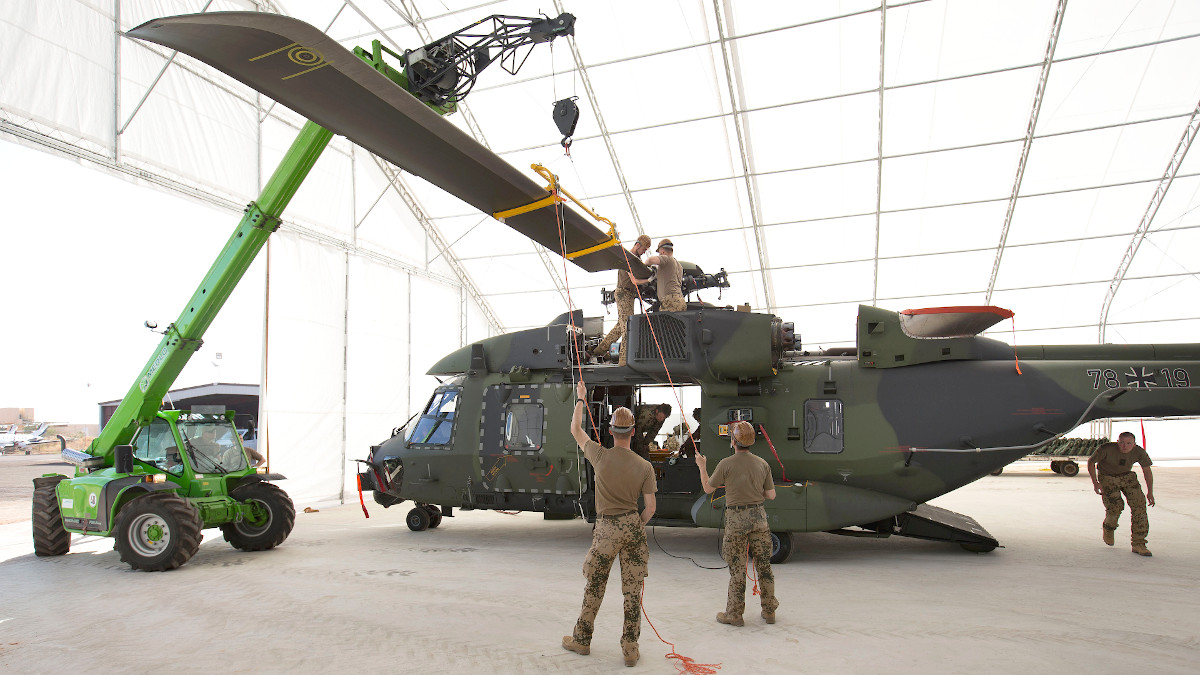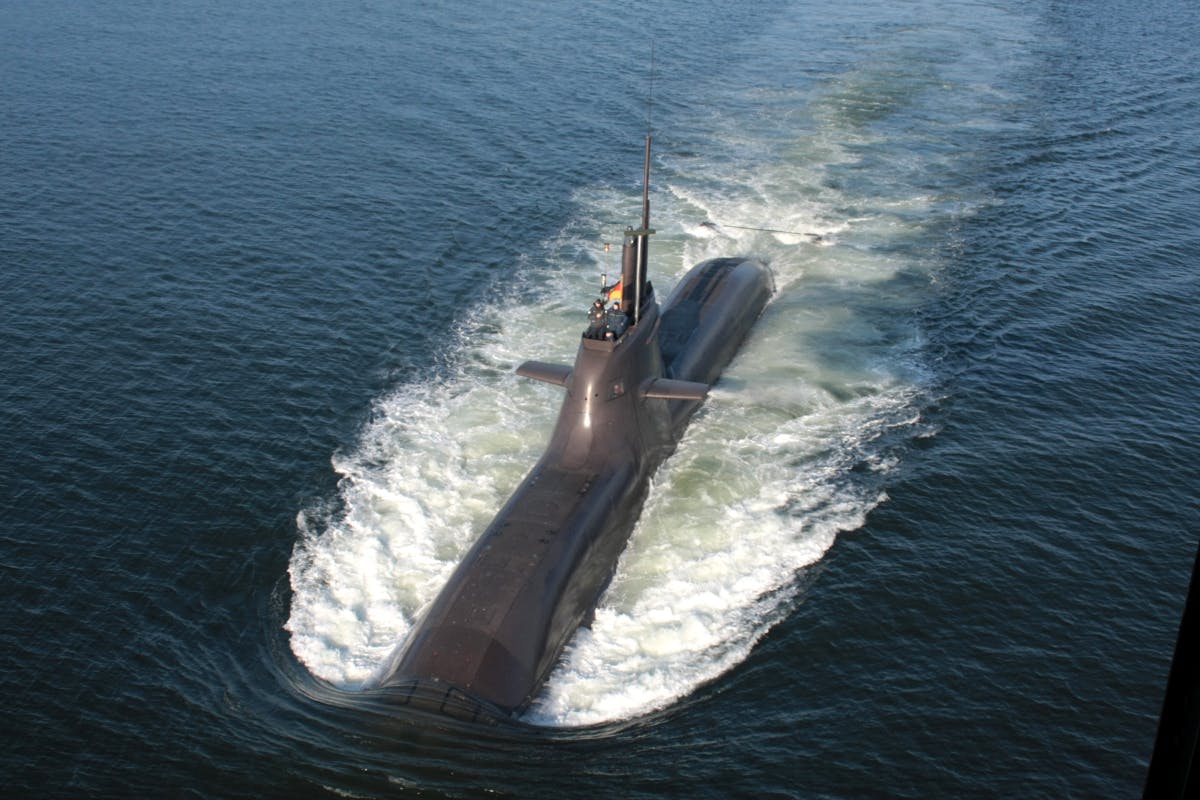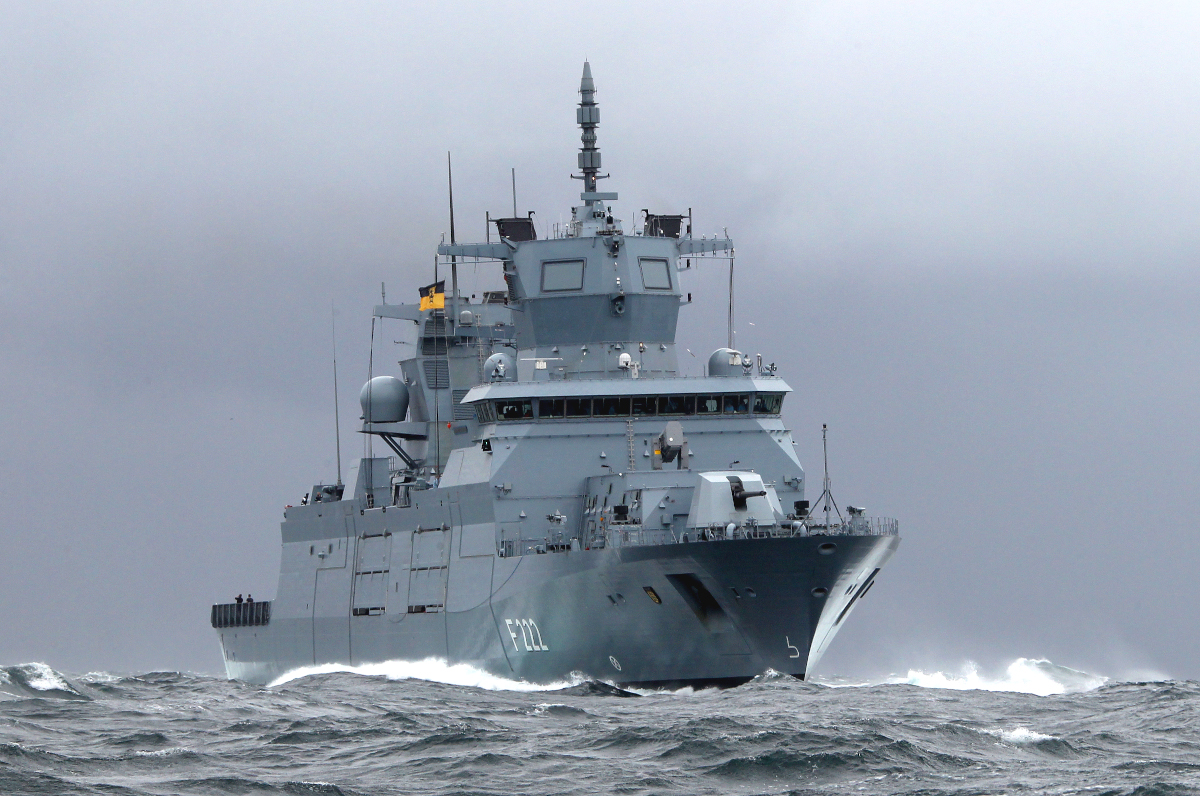A report has emerged that shows just 15 percent of Germany’s Tiger attack helicopters and only around 12 percent of its NH90 transport helicopters were mission capable as of November 2019. The German Armed Forces, or Bundeswehr, has blamed Airbus, which provides contract maintenance services for both types, for the low availability rates, but this also comes as German authorities continue to struggle to improve readiness across the country’s military.
German newspaper Bild
was first to report on the low readiness of the two German military helicopter types on Jan. 1, 2020. A leaked Bundeswehr report that the outlet obtained said that eight out of 53 Tigers and 12 of 99 NH90s were “ready-to-use.” Germany took delivery of its first Tiger in 2005 from what was then known as Eurocopter, which morphed into Airbus Helicopters in 2014. The German military received the first NH90, which NHIndustries, a consortium that includes Airbus, produces, in 2006.
Airbus could “only partially meet the contractual obligations” regarding maintenance, the report said, according to Bild. This “incomplete or delayed performance” was a key factor in the readiness problems, the Bundeswehr complained.
Germany’s Tigers go through a phase maintenance process after ever 400 flight hours, while personnel conduct similar checks on the NH90s after 600 hours. Bild says that Airbus contractors are responsible for half of these checks on the Tiger fleet and around 90 percent of them with regards to the NH90s.

This is hardly the first time that the Bundeswehr has pointed the finger at Airbus over readiness and other issues with regards to its Tigers and NH90s. In October 2019, the German military grounded all of the NH90s it had received prior to 2018 over concerns about their tail rotors. It is very likely that this contributed to the readiness issues for that type. German officials have also complained in the past about lapses in quality control in NH90 production, leading to the delivery of helicopters with extremely limited operational capabilities.
In 2017, a Tiger assigned to the German contingent in the northwestern African country of Mali also crashed, killing both the pilot and the co-pilot, when its main rotor fell apart in midair. An investigation that wrapped up the following year found that Airbus maintenance contractors had improperly serviced the helicopter before the accident.

At the same time, the German military has been struggling with negative readiness trends for years now that are tied in no small part to dramatic reductions in defense spending and the overall size of the Bundeswehr in the aftermath of the Cold War. A separate report from the Bundeswehr in 2018 showed that just 12 Tigers and 13 NH90s were mission capable, making it clear that the plight of both fleets certainly isn’t new.
Low availability hasn’t been limited to helicopters in recent years, with fixed-wing aircraft, ships, submarines, and more, having equally dismal mission capable rates. The German Air Force’s Tornado combat jets, which are aging and in increasingly desperate need of replacement, have been one particular sore spot, with around 35 percent of the aircraft being combat ready as of 2017. Readiness rates for the country’s newer Typhoon fighters haven’t been significantly better, either.
Even more notably, by the end of 2017, none of Germany’s six Type 212A subs were operational. This predicament persisted for months into the following year.

Germany has worked to steadily boost its defense spending since 2014, when Russia’s illegal annexation of Ukraine’s Crimea region and subsequent military intervention in that country’s Eastern Donbass region upended the security calculus in Europe. However, competing priorities and visions of what the Bundeswehr‘s core roles should be, especially outside the country, as well as difficulties in recruiting and retaining personnel, have complicated those efforts. The need to rely so heavily on Airbus contractors in the first place highlights the lack of organic capacity within the Bundeswehr to maintain major systems.
Defense spending priorities and requirements for new equipment, especially the curious design of the German Navy’s Type 125 frigates, have reflected those debates. The Type 125s have been a saga unto themselves that you can read about more in these past War Zone stories.

In November 2019, when the Tigers and NH90s hit their recent readiness low point, the German government did formally announce a pledge to meet NATO’s goal of all of its members spending two percent of their gross domestic products on defense. Germany has faced particular criticism, especially from U.S. President Donald Trump and his administration, over its failure to meet this target in recent years.
When this might happen remains to be seen. German officials have already said they won’t reach this spending benchmark by 2024, which is the Alliance’s most recent target date for having all of its members reach the two percent mark.
All told, no matter how much Airbus might be to blame for immediate readiness issues with the Tigers and NH90s, Germany still clearly has much work to do on its end to improve the available rates for those helicopters, as well as other aircraft, ships, and other assets.
Contact the author: joe@thedrive.com
